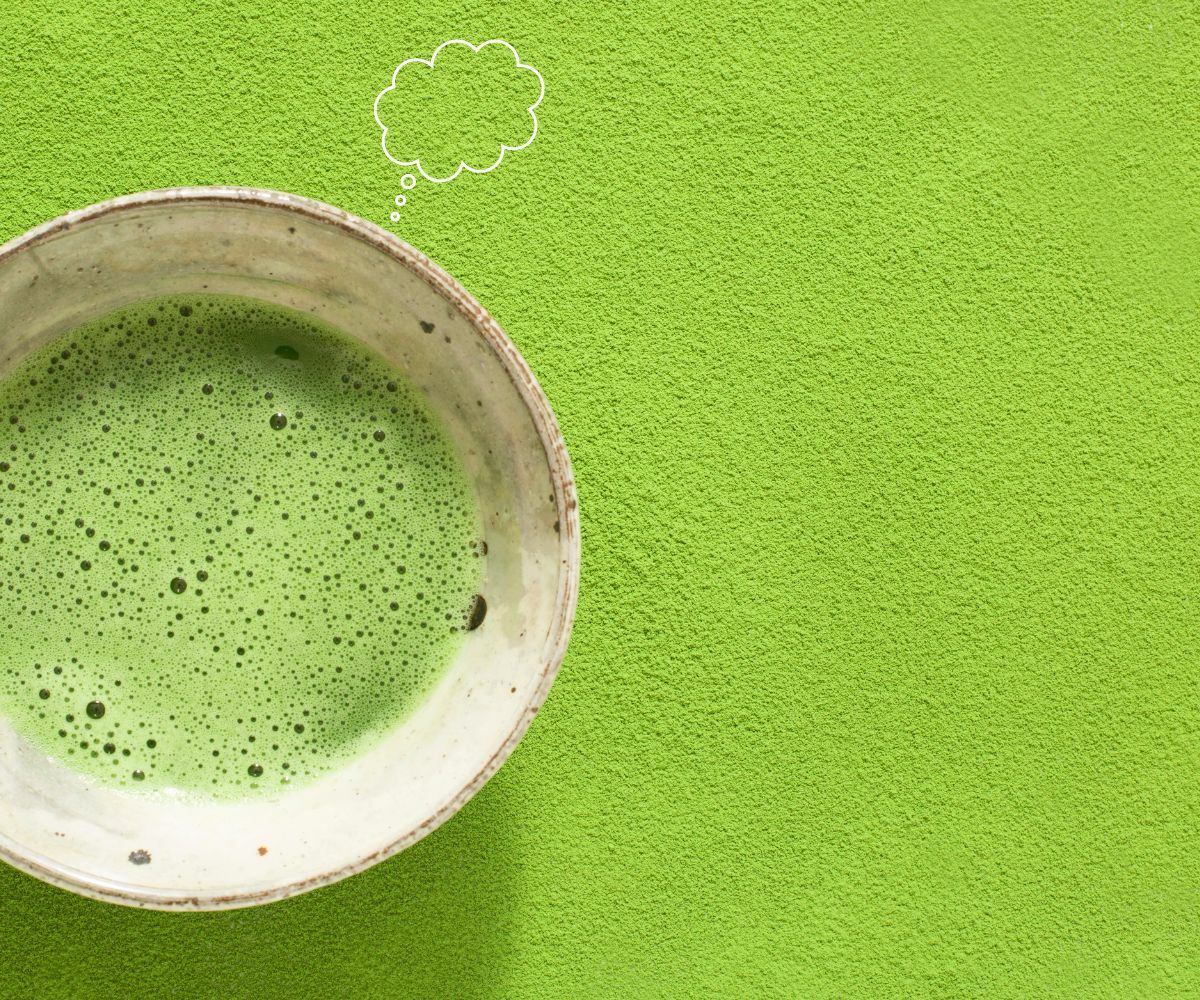
Matcha Considerations for Cafes
As you know, matcha has become a popular drink and with it comes higher market expectations.
There are numerous indicators of matcha quality, some obvious others less so.
First, the colour needs to be vibrant - a sign of freshness and likelihood of shade grown (which intensifies flavour). Then flavour - especially for matcha latte users, a combination of sweet, umami and a naturally complimenting creamy texture.
Then you’ll want a supplier with enough details about where and how the matcha is made. This helps you keep customers informed and engaged. Is it Kyoto (most established matcha production facilities) milled? Is it a Yabukita (most common) varietal or Saemidori (sweetest)? Is the matcha harvested by hand, scissor cut or machine cut?
A good supplier will provide brewing guidelines suitable for café/restaurant service. They’ll also respond to any feedback you have and customise solutions for you e.g. like a finer grind? Like a sweeter accent? – they’ll organise requests with the manufacturers.
Another marker is organic production. This is important when it comes to matcha because whole leaves are consumed, not just an infusion. You’ll want to make sure good, natural things are going into the body, not extra chemicals that come with conventional production. On that note, you’ll also want a supplier with the integrity to point out both the ups and downs of matcha drinking as we did years ago in this article so you can better regulate matcha intake.
Then of course, there is pricing. When comparing matcha pricing between suppliers, compare pricing on a like-for-like basis e.g. organic with organic, and those with similar levels of colour and flavours. Matcha vary greatly in quality and purpose, so it's a good idea to know what you're paying for and why.
